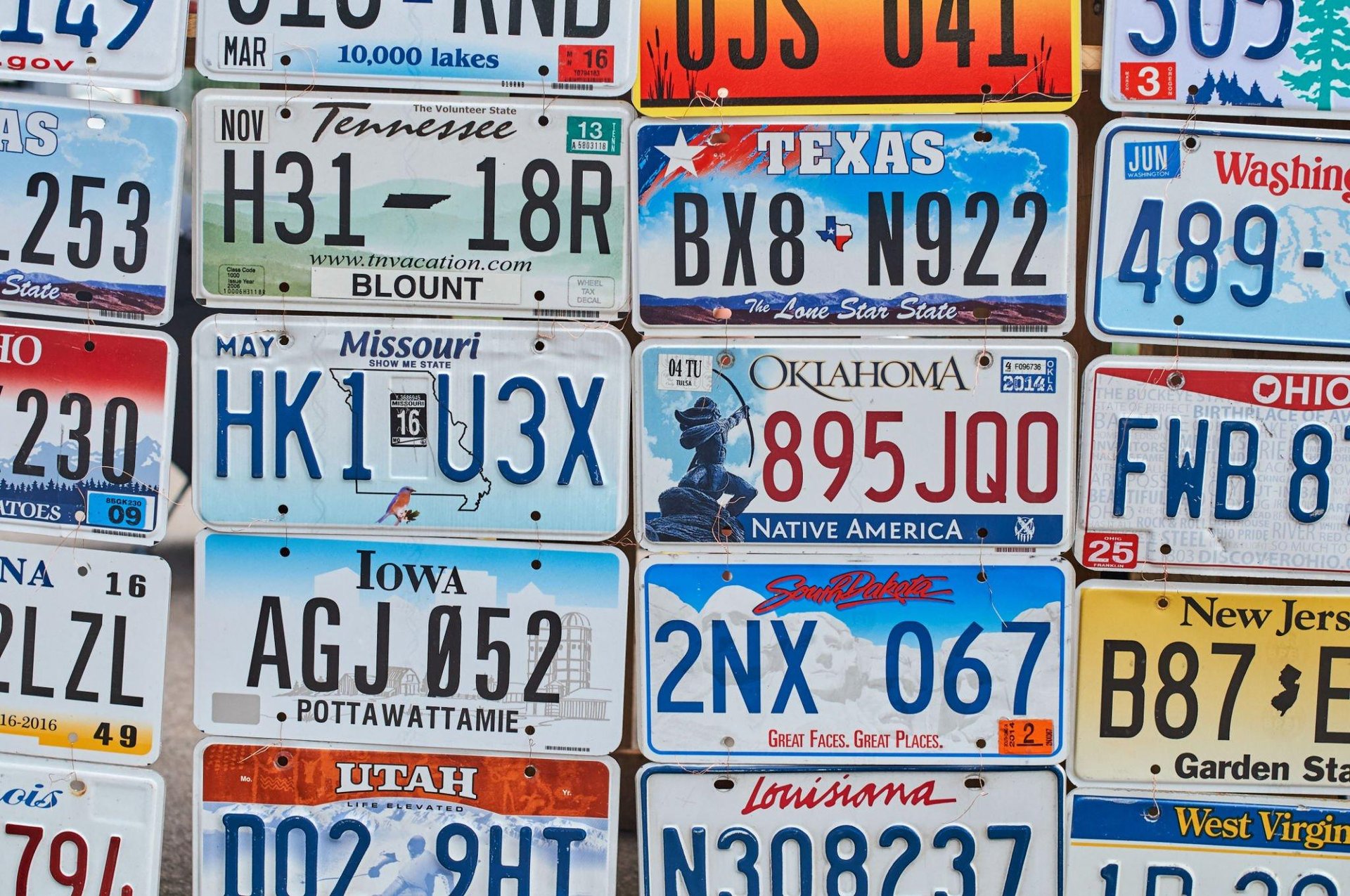How to Create Fake Carbon Fiber License Plate Frames Using ABS and Water Transfer Printing?
Introduction: Carbon fiber license plate frames have become a popular choice for car enthusiasts who want to add a touch of style to their vehicles. However, authentic carbon fiber frames can be quite expensive. In this article, we will explore how you can create fake carbon fiber license plate frames using ABS and water transfer printing.
1. Understanding ABS:
ABS, short for Acrylonitrile Butadiene Styrene, is a thermoplastic polymer widely used in various industries, including automotive. It is known for its high impact resistance, durability, and ease of molding. ABS is an ideal material for creating fake carbon fiber license plate frames due to its strength and ability to replicate the look of carbon fiber.
2. Water Transfer Printing:
Water transfer printing, also known as hydrographic printing or immersion printing, is a method of applying printed designs onto 3D surfaces. It involves placing a specialized film with the desired pattern on the water's surface, activating it with a chemical, and then dipping the object to be printed into the water. The ink adheres to the object, creating a seamless and high-resolution design.
3. Gather the Required Materials:
To create fake carbon fiber license plate frames using ABS and water transfer printing, you will need the following materials:
- ABS sheets
- Water transfer printing film with a carbon fiber pattern
- Water transfer printing activator
- Scissors or a cutting tool
- Sanding paper
- Adhesive
- Clear coat spray
- Masking tape
- Soft cloth
- Water container
4. Prepare the ABS Sheets:
Start by cutting the ABS sheets into the desired shape and size for your license plate frames using scissors or a cutting tool. It's important to measure and cut accurately to ensure a proper fit. Once cut, use sanding paper to smooth out any rough edges and create a clean surface for the water transfer printing process.
5. Prepare the Water Transfer Printing Film:
Take the water transfer printing film with the carbon fiber pattern and cut it slightly larger than the ABS sheets. This will allow for easier handling during the dipping process. Make sure to choose a film that closely resembles the appearance of real carbon fiber for a more convincing fake license plate frame.
6. Activate the Water Transfer Printing Film:
Fill a container with water and carefully place the water transfer printing film on the water's surface. Wait for a few seconds until the film starts to curl and the pattern fully spreads out. Spray the water transfer printing activator evenly over the film's surface to activate the ink.
7. Dip the ABS Sheets:
Hold the ABS sheets by their edges and slowly dip them into the water, ensuring the film fully wraps around the surface. Be careful not to touch the film with your hands, as it may cause smudging or distortion. Once the ABS sheets are fully submerged, gently rock them back and forth to remove any air bubbles.
8. Remove Excess Film and Let Dry:
Once the ABS sheets are dipped, use a soft cloth to remove any excess film from the water's surface. Carefully lift the sheets out of the water and allow them to dry completely. Avoid touching the printed surface until it is fully dry to prevent any smudging or damage to the design.
9. Attach the License Plate:
Once the ABS sheets are dry, apply adhesive to the backside of each sheet and carefully attach them to your license plate. Use masking tape to hold them in place while the adhesive cures. Ensure proper alignment and fit before proceeding to the next step.
10. Apply Clear Coat Spray:
For added durability and a glossy finish, spray a clear coat over the entire surface of the license plate frames. This will protect the water transfer printing design and provide a professional look. Follow the instructions on the clear coat spray can for proper application and drying time.


